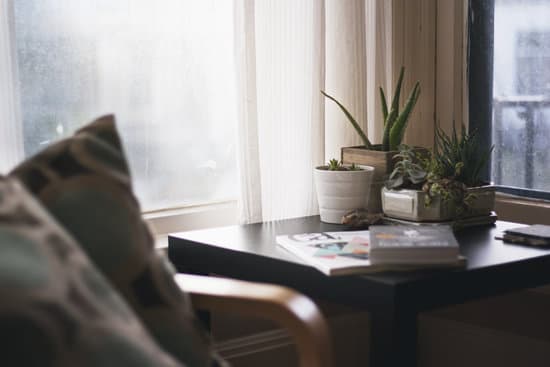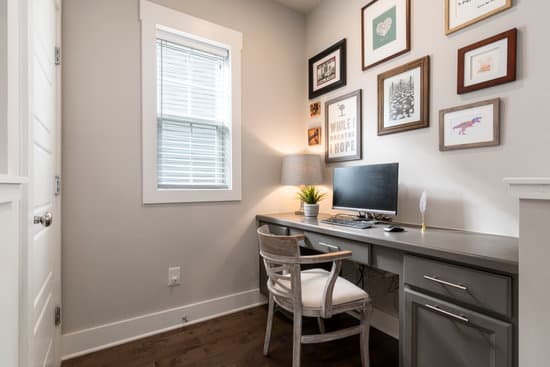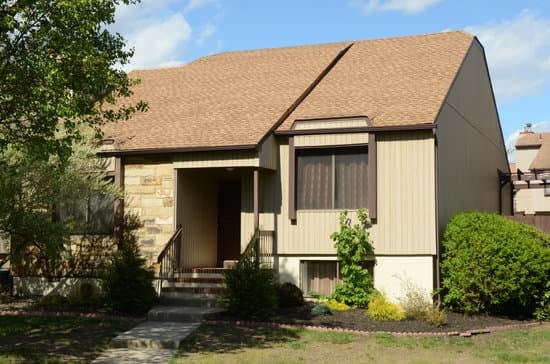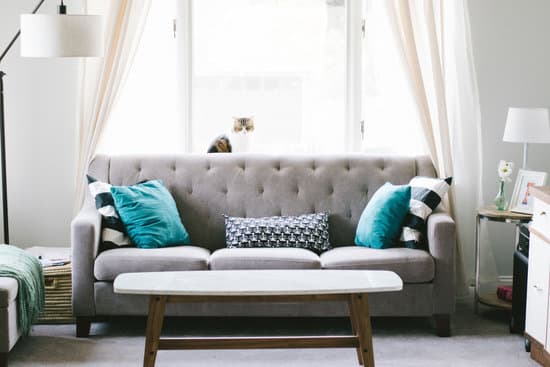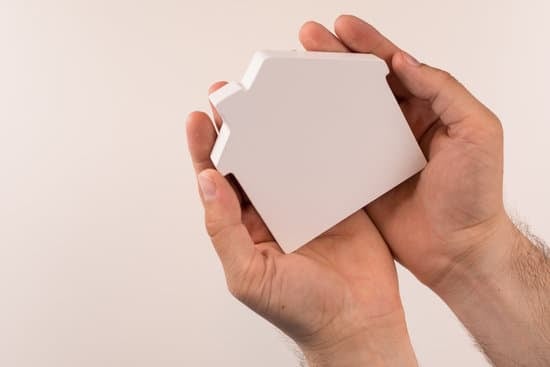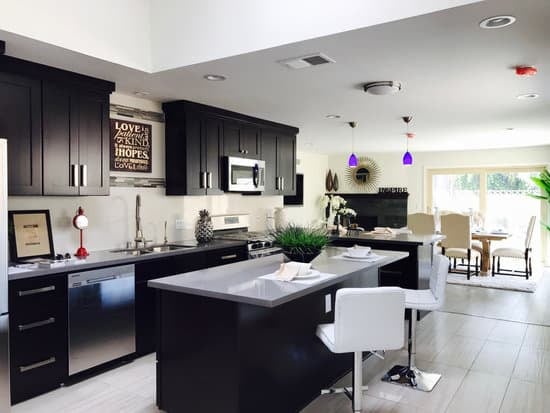Introduction to Nordic Setting
The Nordic setting is a term which refers to the cultural and geographical region of Northern Europe and the Northern Atlantic. This region is comprised of Denmark, Sweden, Norway, Finland, and Iceland. The Nordic setting is known for its unique natural landscapes, cultural heritage, and architecture. In recent years, the Nordic setting has become a popular travel destination for those who seek adventure, natural beauty, and a glimpse of a different culture. Additionally, the Nordic setting has been gaining popularity for its minimalist and functional design.Geographical Overview of Nordic Countries
The Nordic setting covers a large geographical area and is known for its mountains, forests, and coastal regions. Denmark, located in the southern part of the region, is known for its flat terrain, sandy beaches, and unique architecture. Finland, located in the east, has vast forests and thousands of lakes that are perfect for outdoor activities. Norway, located in the west, has a rugged coastline, cascading waterfalls, and high mountains. Sweden, located in the east, has a coastline dotted with islands, vast forests and a rich cultural history. Finally, Iceland is known for its otherworldly landscapes, glaciers, and volcanic activity.Key Geographic Features of Nordic Setting:
- Fjords and Glaciers
- Forests and Lakes
- Archipelagoes and Islands
- Volcanoes and Geysers
Climate and Landscape of Nordic Setting
The Nordic setting has a unique climate due to its northern latitude. The climate varies from mild to subarctic, with long, cold winters and short, mild summers. In the winter, the sun may not rise for several weeks in some parts of the region, and in the summer, the sun may not set. The landscape of the Nordic setting is shaped by glaciers, rugged coastline, and mountains which make it a perfect destination for outdoor activities such as skiing, hiking, and cycling.Climate Profile of Nordic Setting:
- Winter temperatures range from -10 to -20 degrees Celsius
- Summer temperatures range from 10 to 20 degrees Celsius
- Precipitation is prevalent year-round
- Wind and snowfall are common during winter months
Cultural Significance of Nordic Setting
The Nordic culture is known for its simplicity, honesty, and environmental consciousness. The culture is deeply rooted in outdoor activities such as cross-country skiing, cycling, hiking, and fishing. Nordic cuisine also has a unique identity with dishes such as meatballs, smoked salmon, and pickled herring. Nordic literature and music have also gained popularity worldwide. Key Cultural Characteristics:- Simplicity and Honesty
- Nature-centric
- Love for the Outdoors
- Nordic Cuisine
Architecture and Design in Nordic Setting
The Nordic setting is also known for its minimalist and functional design. Nordic design is characterized by simplicity, utility, and beauty. Scandinavian countries are known for their functional architecture, where the structures are designed for efficiency and sustainability. The use of natural materials, such as wood, is prevalent in Nordic design. Nordic design has gained popularity worldwide for its clean lines and neutral color schemes. Key Design Elements:- Minimalism
- Functionality
- Natural Materials
- Neutral Color Schemes
Embracing the Hygge Lifestyle in Nordic Setting
Hygge (pronounced HOO-guh) is a Danish word that describes a feeling of coziness, comfort, and contentment. The concept of hygge has gained popularity in recent years, with people around the world looking for ways to incorporate hygge into their lives. In the Nordic setting, hygge is a way of life, with people valuing simplicity, warmth, and togetherness. Hygge moments can be created through activities such as spending time with friends and family, lighting candles, and drinking warm beverages. Ways to Embrace Hygge in Everyday Life:- Lighting candles or a fireplace
- Drinking warm beverages such as tea or cocoa
- Laying out cozy blankets and cushions
- Spending time with loved ones




